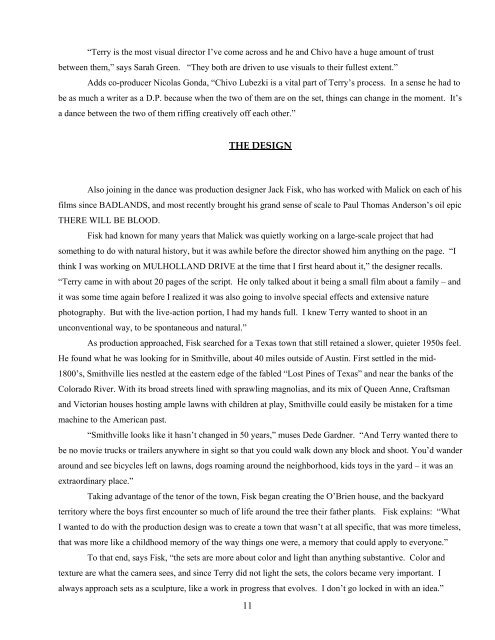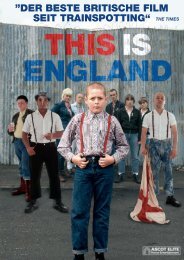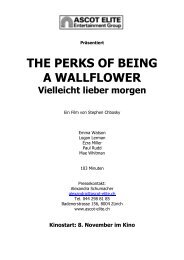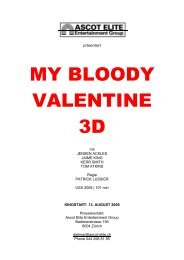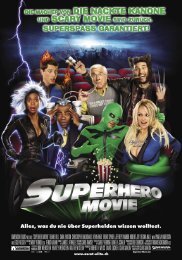RIVER ROAD ENTERTAINMENT Presents BRAD PITT SEAN PENN ...
RIVER ROAD ENTERTAINMENT Presents BRAD PITT SEAN PENN ...
RIVER ROAD ENTERTAINMENT Presents BRAD PITT SEAN PENN ...
You also want an ePaper? Increase the reach of your titles
YUMPU automatically turns print PDFs into web optimized ePapers that Google loves.
“Terry is the most visual director I’ve come across and he and Chivo have a huge amount of trust<br />
between them,” says Sarah Green. “They both are driven to use visuals to their fullest extent.”<br />
Adds co-producer Nicolas Gonda, “Chivo Lubezki is a vital part of Terry’s process. In a sense he had to<br />
be as much a writer as a D.P. because when the two of them are on the set, things can change in the moment. It’s<br />
a dance between the two of them riffing creatively off each other.”<br />
THE DESIGN<br />
Also joining in the dance was production designer Jack Fisk, who has worked with Malick on each of his<br />
films since BADLANDS, and most recently brought his grand sense of scale to Paul Thomas Anderson’s oil epic<br />
THERE WILL BE BLOOD.<br />
Fisk had known for many years that Malick was quietly working on a large-scale project that had<br />
something to do with natural history, but it was awhile before the director showed him anything on the page. “I<br />
think I was working on MULHOLLAND DRIVE at the time that I first heard about it,” the designer recalls.<br />
“Terry came in with about 20 pages of the script. He only talked about it being a small film about a family – and<br />
it was some time again before I realized it was also going to involve special effects and extensive nature<br />
photography. But with the live-action portion, I had my hands full. I knew Terry wanted to shoot in an<br />
unconventional way, to be spontaneous and natural.”<br />
As production approached, Fisk searched for a Texas town that still retained a slower, quieter 1950s feel.<br />
He found what he was looking for in Smithville, about 40 miles outside of Austin. First settled in the mid-<br />
1800’s, Smithville lies nestled at the eastern edge of the fabled “Lost Pines of Texas” and near the banks of the<br />
Colorado River. With its broad streets lined with sprawling magnolias, and its mix of Queen Anne, Craftsman<br />
and Victorian houses hosting ample lawns with children at play, Smithville could easily be mistaken for a time<br />
machine to the American past.<br />
“Smithville looks like it hasn’t changed in 50 years,” muses Dede Gardner. “And Terry wanted there to<br />
be no movie trucks or trailers anywhere in sight so that you could walk down any block and shoot. You’d wander<br />
around and see bicycles left on lawns, dogs roaming around the neighborhood, kids toys in the yard – it was an<br />
extraordinary place.”<br />
Taking advantage of the tenor of the town, Fisk began creating the O’Brien house, and the backyard<br />
territory where the boys first encounter so much of life around the tree their father plants. Fisk explains: “What<br />
I wanted to do with the production design was to create a town that wasn’t at all specific, that was more timeless,<br />
that was more like a childhood memory of the way things one were, a memory that could apply to everyone.”<br />
To that end, says Fisk, “the sets are more about color and light than anything substantive. Color and<br />
texture are what the camera sees, and since Terry did not light the sets, the colors became very important. I<br />
always approach sets as a sculpture, like a work in progress that evolves. I don’t go locked in with an idea.”<br />
11


